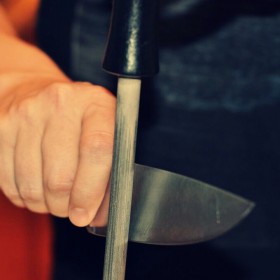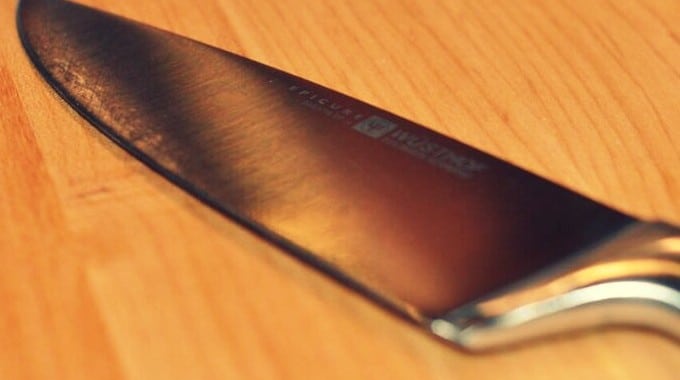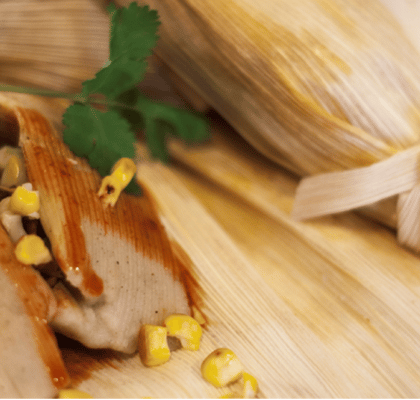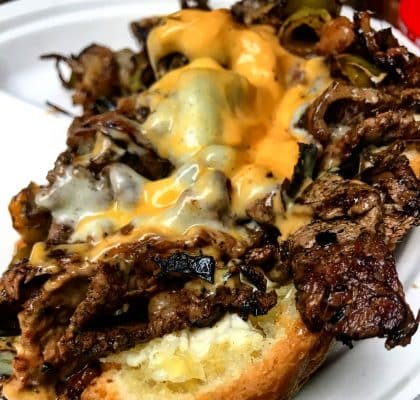If you’re anything like us, you’ll be big believers in the importance of having good quality knives in your kitchen. And if you’ve taken the time to pick out great knives, and spent your hard-earned dollars on them, then you’ll probably be interested in taking good care of them. After all, you want them to do the best job they can, and last as long as possible. So if you’re not sure what exactly is involved in looking after your knives, read on…
First of all, what are the benefits of having sharp knives? Well, most importantly, sharp knives are actually much safer than dull ones. Dull knives make us feel that we need to add pressure and, more often than not, we add too much pressure and end up cutting ourselves. A sharp knife, however, should cut straight through easily and without slipping. Of course, as well as being safe, knives need to be fit for purpose; they need to be able to cut through foods. The sharper a knife, the more efficient it is. A sharp knife will allow you to cut quickly and make more even and uniform cuts.
Every other year, we like to go all out and get our knives sharpened professionally. We tend to prefer to get this done before the Christmas holidays hit, so it usually happens in the late summer or early fall. Throughout the year, we sharpen our knives ourselves using a knife water stone. Now, there’s ‘honing’ and there’s ‘sharpening’ and they’re two different things. To hone a knife is to straighten it, rather than sharpen it. During use, the bevel (the edge of the blade) can become bent out of shape. This is normal and honing is the process used to realign it. Sharpening, on the other hand, essentially means filing off material from the blade, as opposed to just straightening it. We’re going to explain how to do both.
 To hone a knife, you’ll need a honing steel, which is a ridged steel rod with a handle. First, holding the steel vertically, with the tip resting on a chopping board, place the end of the knife blade closest to the handle at the top of the steel at an angle of around 20 degrees.
To hone a knife, you’ll need a honing steel, which is a ridged steel rod with a handle. First, holding the steel vertically, with the tip resting on a chopping board, place the end of the knife blade closest to the handle at the top of the steel at an angle of around 20 degrees.
Next, lightly run the knife, from end to tip, down the length of the steel, all the while keeping the 20 degree angle. Then do the same thing, using the other side of the blade, down the other side of the steel.
Do this until the blade is aligned; depending on its condition to begin with, this should take between 7 and 10 strokes on each side.
To sharpen a knife, you’ll need to use a water stone. Water stones can be bought with varying degrees of ‘grit’. A lower number means a coarser grit, and a coarser grit takes more material off your blade. Another way of looking at it is that a higher number, and smoother grit, will leave you with a sharper knife but will take more work. Chefs and other advanced cooks will have more than one kind of water stone in their collection, but if you’re just starting out, you might want to try out just one to begin with, and we’d recommend going for a medium grit, around 1100. Before you do anything else, you’ll want to soak your water stone in cold water for around 45 minutes. 
Then, place your stone in front of you on a chopping board, with a towel to soak up the water (we recommend keeping one towel just for this purpose as the grit won’t come out). Position the bottom end of your knife at the end of the stone furthest away, blade facing away from you. Hold the blade firmly but softly, at a 20 degree angle and with both hands, and pull the knife across the water stone back towards you, at the same time moving it across from the base to the tip. 
Keep doing this until you see a thin layer of water start to gather on both the knife blade and the water stone. When a soft edge develops on the edge of the blade, it’s time to switch sides. Keep dipping your stone back into the water to keep it moist. Once both sides are sharpened, make sure to leave your water stone out to dry for at least a day.
 Finally, there’s the matter of storing your knives. There are many ways to store them – some people keep them in a drawer, some on a rack, some in a block. The best way to store them is any way that protects the blades from unnecessary dulling. For example, a standard knife block might be convenient but as you take the knives in and out, the blades are rubbing and resting against the wood inside. That’s why magnetic strips are so popular – the blades aren’t touching anything. We store our knives blade upwards in our knife block.
Finally, there’s the matter of storing your knives. There are many ways to store them – some people keep them in a drawer, some on a rack, some in a block. The best way to store them is any way that protects the blades from unnecessary dulling. For example, a standard knife block might be convenient but as you take the knives in and out, the blades are rubbing and resting against the wood inside. That’s why magnetic strips are so popular – the blades aren’t touching anything. We store our knives blade upwards in our knife block.
How do you guys store your knives? Do you hone and sharpen them yourselves? We’d love to hear your tips and tricks!




